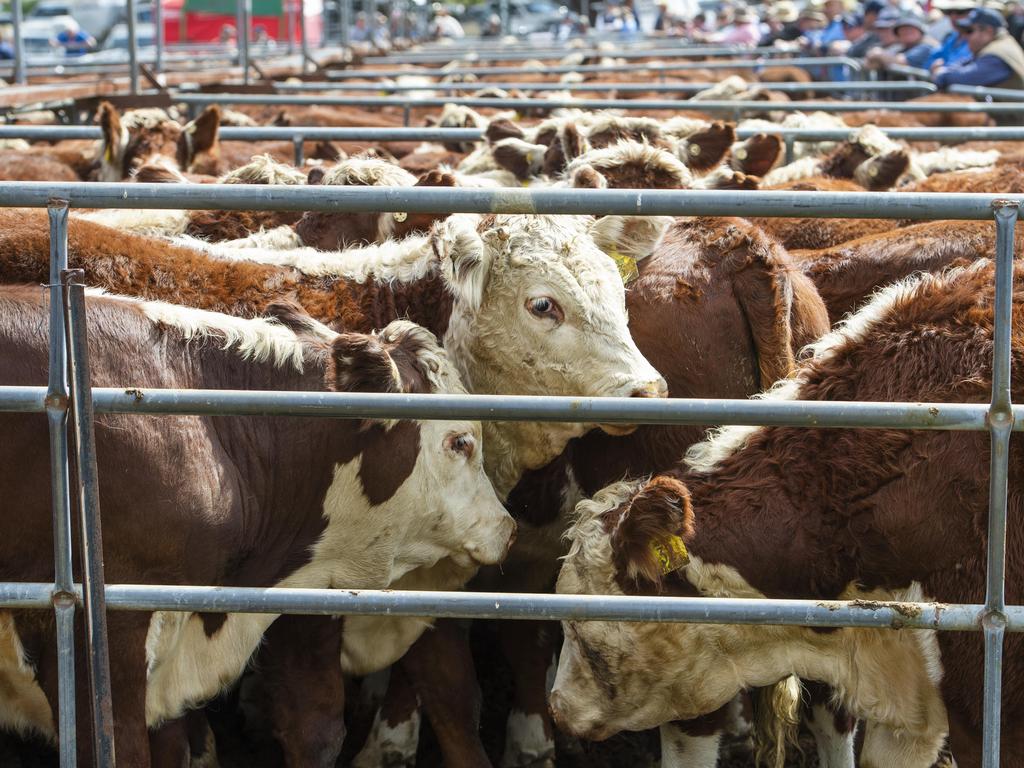What falling female kill numbers say about cattle herd
Cattle producers are voting with their feet, and it seems the national rebuild shows no signs of stopping.
Australian cattle producers are continuing to rebuild their herds as the female proportion of cattle slaughter dives.
The trend is most obvious in Queensland, where just 35 per cent of cattle slaughtered in the past quarter were female, and nationally the figure sits at 44 per cent for the September quarter.
Any female kill figure below 47 per cent indicates rebuilding is under way and the good seasons combined with high returns have encouraged producers to restock or expand.
Meat and Livestock Australia chairman Alan Beckett said the national herd rebuild and
flock growth had been substantial “driven by the above-average rainfall patterns and producer
confidence in the medium-term outlook for industry (which) has remained robust”.
In his message in the MLA annual report, Mr Beckett said the national herd was predicted to have grown by 5.6 per cent to 27.6 million by the end of this year.
“As a result of the rebuilding intentions continuing for Australian cattle producers, cattle supply continues to remain tight, with the retention of females for current and future breeding purposes contributing heavily to this,” Mr Beckett said.
“In 2021-22, cattle slaughter was at its lowest level in 36 years at six million.”
The herd rebuild has been happening in earnest since September last year according to MLA market information analyst Jenny Lim.
Nationally, the female portion of the kill hit a peak of 58 per cent in June 2019 when large areas of Australia were still in drought, but has gradually fallen, to 48 per cent in June 2021 and has been tracking under 44 per cent since then. Victorian figures remain an anomaly, with females accounting for 62 per cent of the cattle slaughtered in the past quarter. The female figure has consistently sat at this level for the past two years but Ms Lim said this was due to the prominence of the dairy industry in the state, which boosted female kill numbers.
Ms Lim said the effects of the growth in the national herd were starting to be seen in bigger overall yardings.
“There are a lot of cattle coming on to the market as a result of two years of a herd rebuild,” Ms Lim said. “It is not surprising that prices are beginning to slip (given the increased numbers).”




